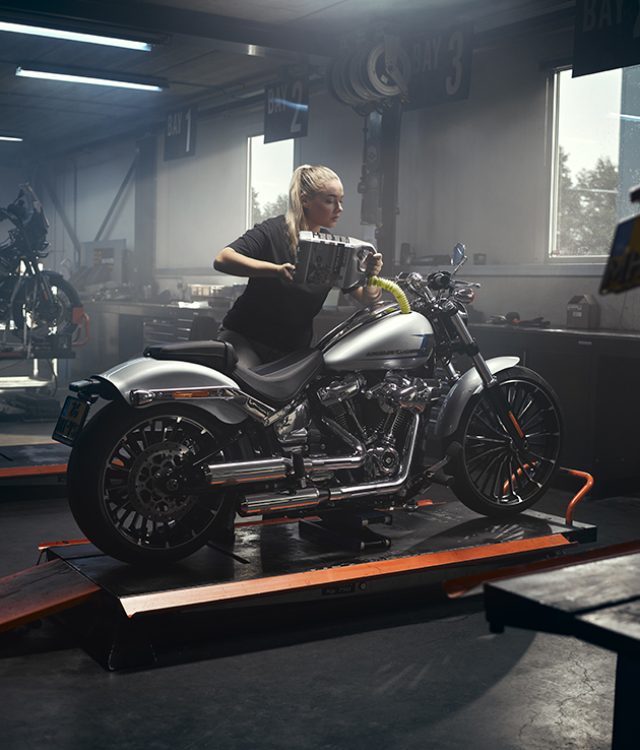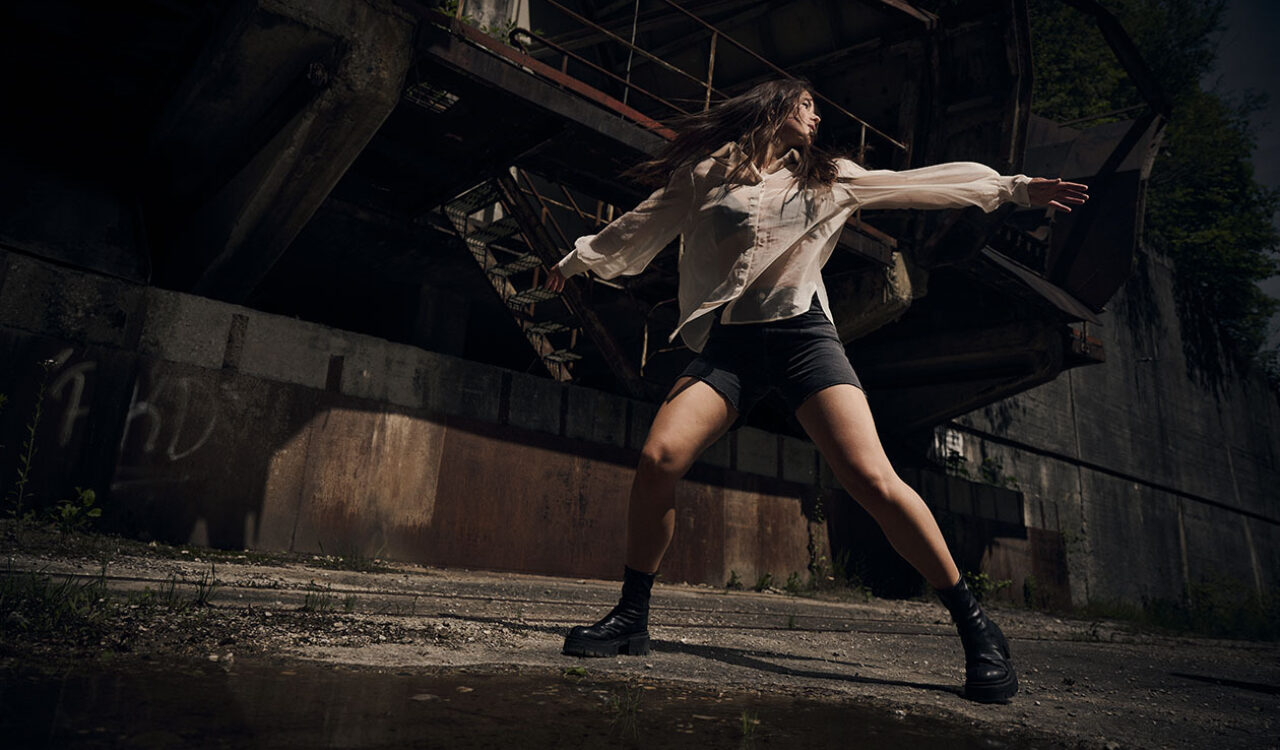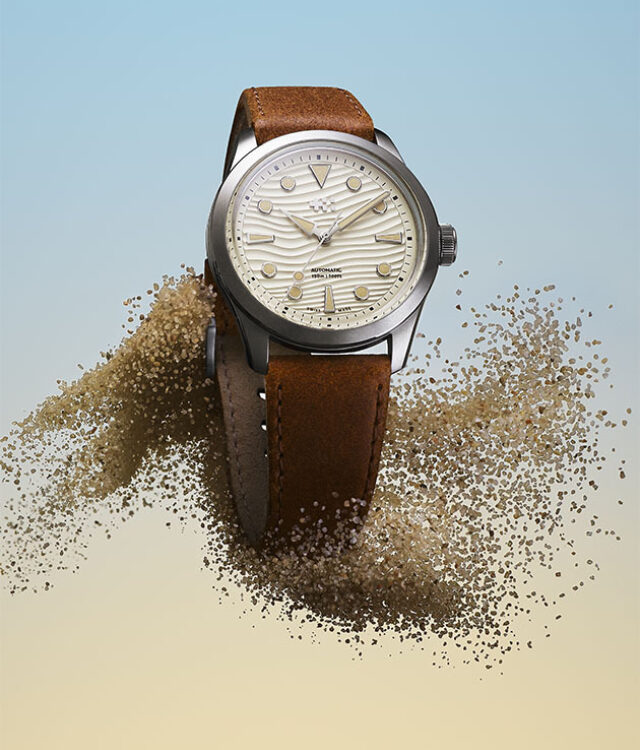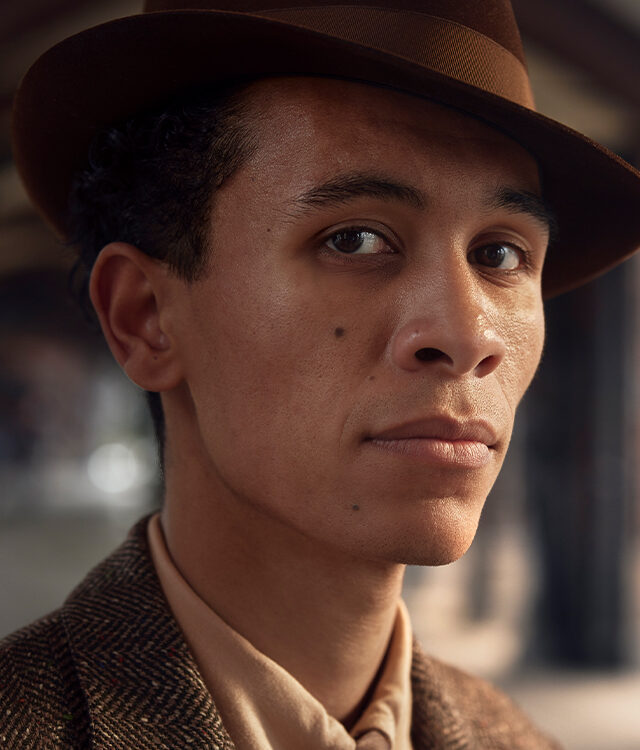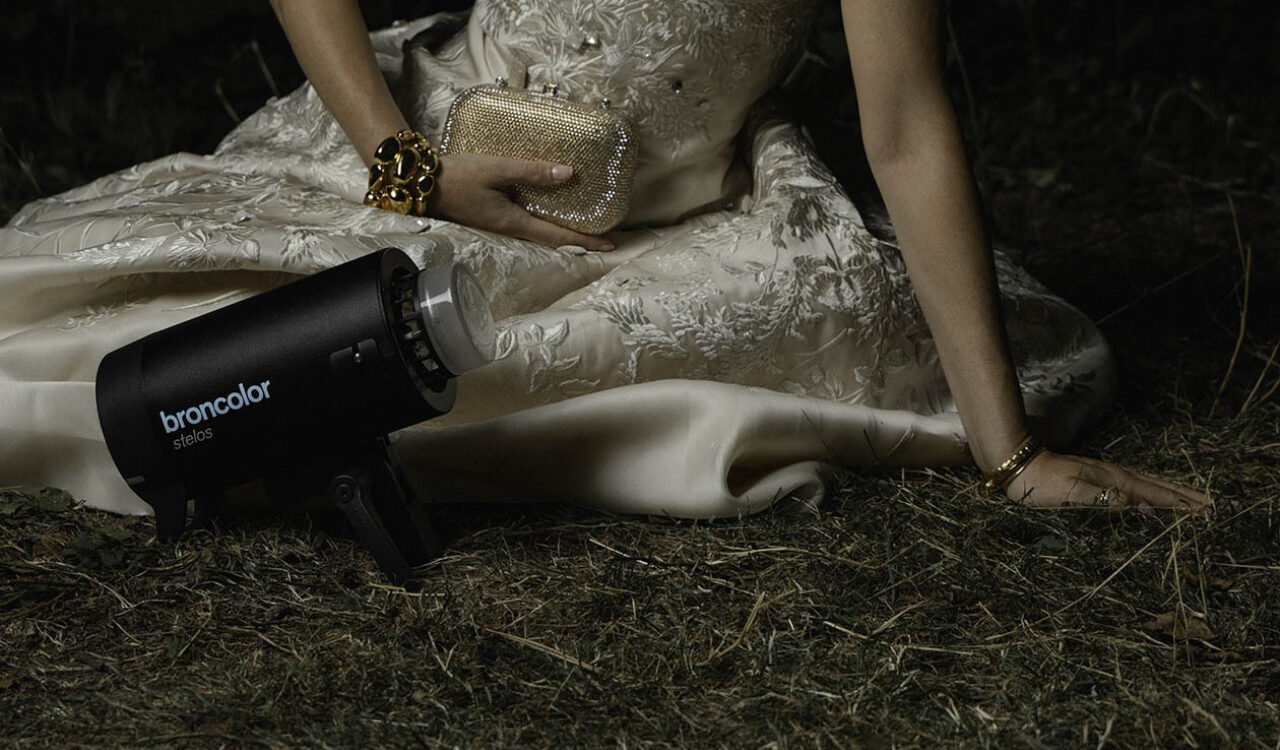Often I am commissioned to create artistic still life imagery utilizing flowers. My growing reputation as the floral expert proceeds my first solo exhibition in 2015, Without Water; a personal project and study of dried florals. I also have a reputation for being technically proficient. I thrive on creating unique artistic imagery utilizing specialized techniques without looking overtly 'technical'.
The brief for project WILD was to freeze flowers using liquid nitrogen and photograph them exploding, capturing the impact as they crack and explode. The creative concept was to help promote a new residential apartment project and portray the story behind the slogans 'live without inhibition' and 'unleash your free spirit'.

How to execute the idea was up to me...
When confronted with a new brief like this, I often propose new techniques I haven't used before to keep things fresh personally. I've had extensive experience with high-speed photography and exploding objects using firearms in the past. But I've always wanted to explore using controlled explosives...
Unfortunately, this approach was cost-prohibitive for the client. So it was back to square one.
A more cost-effective idea...
The alternative approach, but still requiring freezing the flowers with liquid nitrogen, was to use impact by physically smashing floral bouquets against a hard surface. The brief requested a black background, so I proposed shooting against a sheet of black glass to introduce interesting reflections as the flowers broke on the surface, creating another dimension. The effect, I thought, would add to the images' overall 'energy'. I also proposed setting up three separate cameras to capture three different perspectives simultaneously to maximize each take.
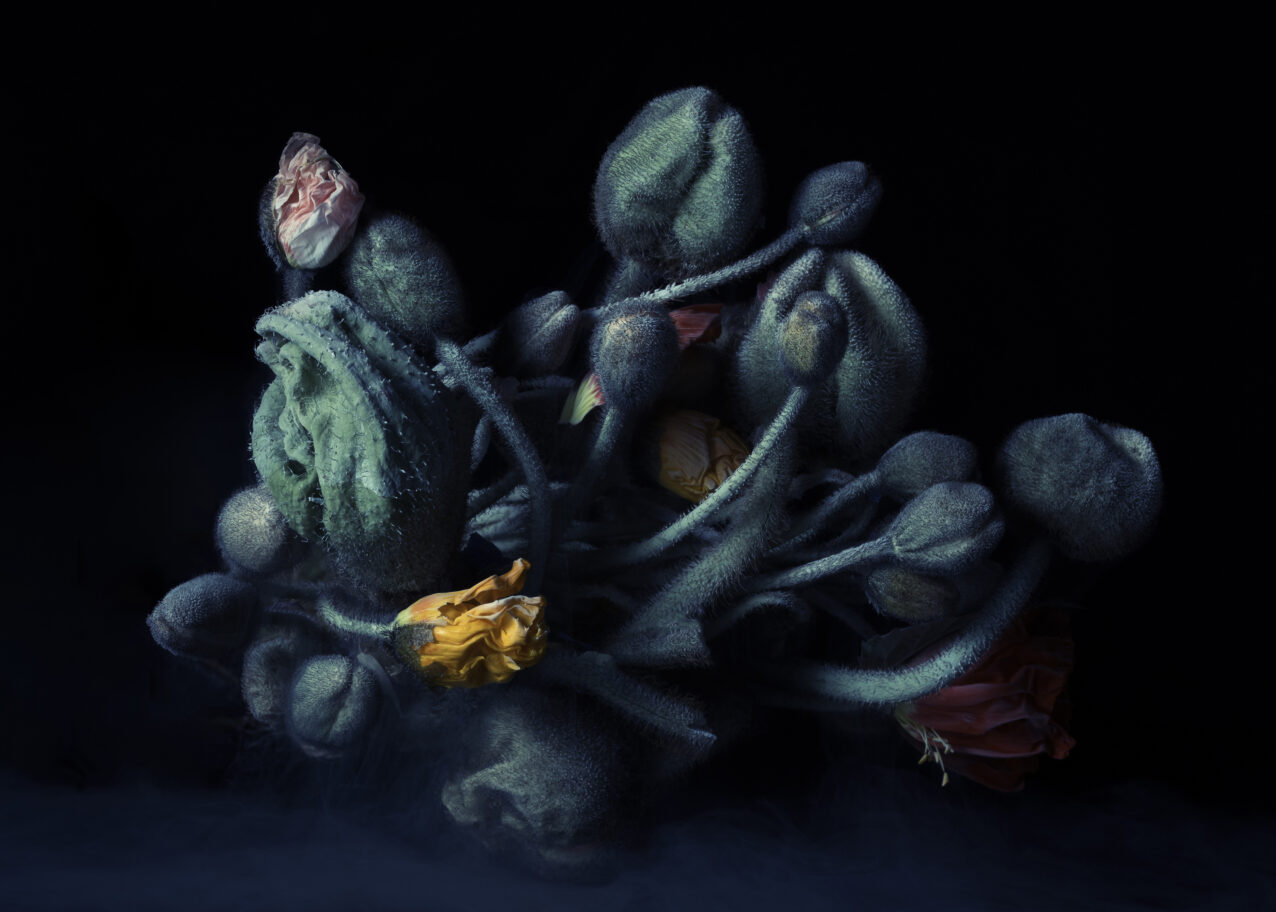
The client approved this alternative approach, so off we went...
The first point of call was Sun Studios Australia, my local broncolor distributor in Melbourne. Whilst I have my own extensive broncolor equipment, this project required multiple units which I didn't own and needed to hire, mainly:
- x6 broncolor Scoro 3200 S Power packs
- x3 broncolor Pulso Twin 4 Lamp Flash Heads
The Scoros were chosen for their ability to freeze the exploding action utilizing their extremely short flash duration capability - up to 1/10,000s (t0.1). I needed multiple packs to increase total flash power because the shorter flash durations are achieved at lower power outputs.
The Pulso Twins, which houses x2 3200j flash tubes in each head, were utilized for their efficiency and maximum power output. Each (dual) header cable was allocated its own flash pack - two packs per head. I could have used x6 standard Pulso Flash Heads, but I didn't want to clutter the set with double the equipment and sacrifice lighting control.
At a power setting of '4.4' on each Scoro pack, we used a total of 50jx6=300j, enough for a capture exposure of ISO100 at f16, allowing us to shoot at a flash duration 1/8000 sec.
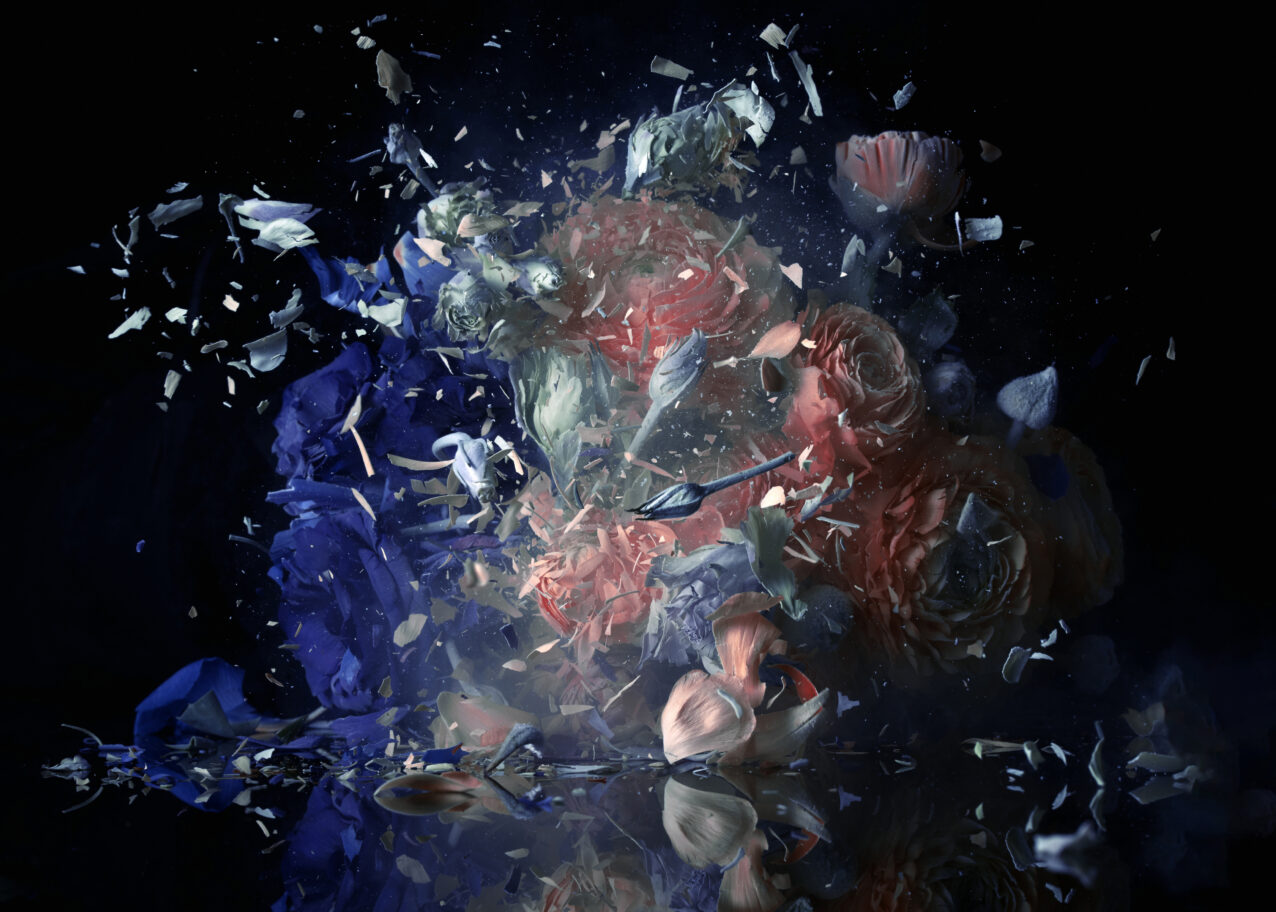
The Scoro packs were triggered by a custom-made 'sound trigger', which I had made years ago using a hobby kit by Dick Smith Electronics. The sound of the 'crashing' flowers on the glass was enough to trigger the unit.
On the day, we explored many options by varying the floral arrangements (created by my florist wife, Basia Puchalski) and experimented with the degree of the physical impact. We also captured variations of each floral smash before, during, and after, giving the client more variety.
Lighting-wise, the florals were side-lit in a rich and moody manner, encapsulating the flowers whilst creating separation and depth into the scene. I controlled the direction and light spill using honeycombs on P70s fired through a Lee Filter Diffusion roll - which I often like to do. I hardly ever use softboxes because they have limited lighting control for my style.
As a general rule, I try not to let my own photographer ego dictate the lighting style by making it a feature, especially on creative projects like this. Instead, for me, it's always about showcasing the subject matter in its best light and creating atmosphere and mood. The lighting, for me, should be complementary and not a dominant aspect of the scene. I find modern still-life photography can often look complex and over stylized (for my tastes) from a lighting perspective - looking more like 3D renders.
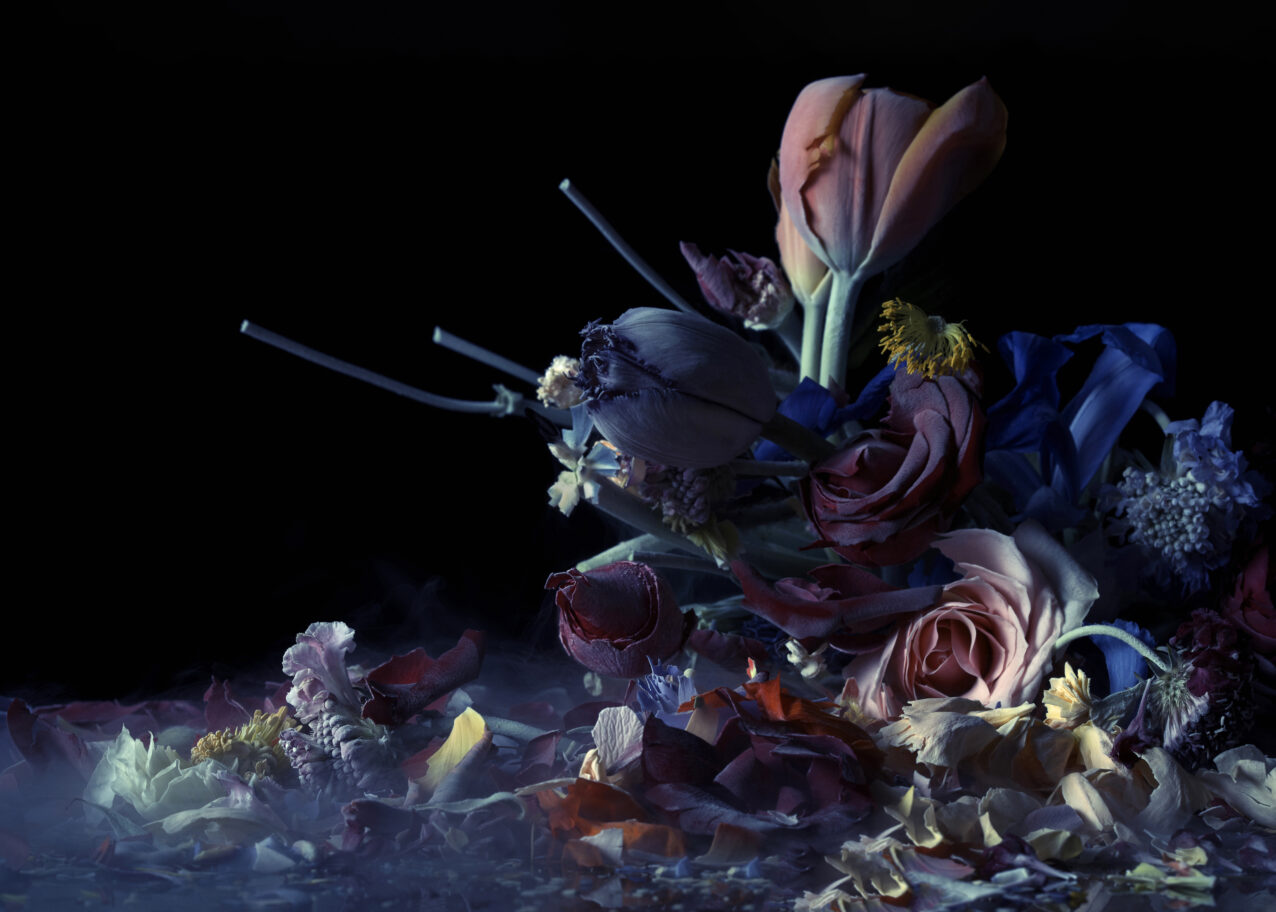
Another requirement for this project was the ability to capture 'in-camera' without resorting to multiple capture composites. The explosions needed to look real and natural, not like a stylized retouched composite. This skill is something I learned back in the analog film days, whereby retouching was often not an option. It's a longstanding discipline that I am known for. Due to this approach, this project's final images required minimal 'retouching' apart from some initial colour grading in Capture One software. In completion, spotting and removing small distracting flyaway pieces were done in Photoshop.
Final words...
I've been using broncolor exclusively for over 20 years since the first generation battery-operated Mobil. Before that, I used to use speedlights for my portable location-based lighting. I also used speedlights for my studio-based still life shoots, requiring extremely short flash duration. At the time, it was the only way that feat was achievable. I eventually invested in the broncolor Grafit A4, which solved my short flash duration requirements with the added bonus of higher flash outputs and more lighting control. When it comes to the broncolor flash heads, I love the Pulso's ability to 'focus' by shifting the flash tube's position within the head, which can change the character of the light source. Combined with honeycombs, they allow me further control. In more recent times, my 'go-to' favorite is the Picolite combined with the Fresnel spot attachment, which is especially useful for my macro work. More often than not, they are my 'go-to' in recent times. No other flash equipment gives me finite control like Broncolor...
Thank you to broncolor for the feature, and thanks for reading.
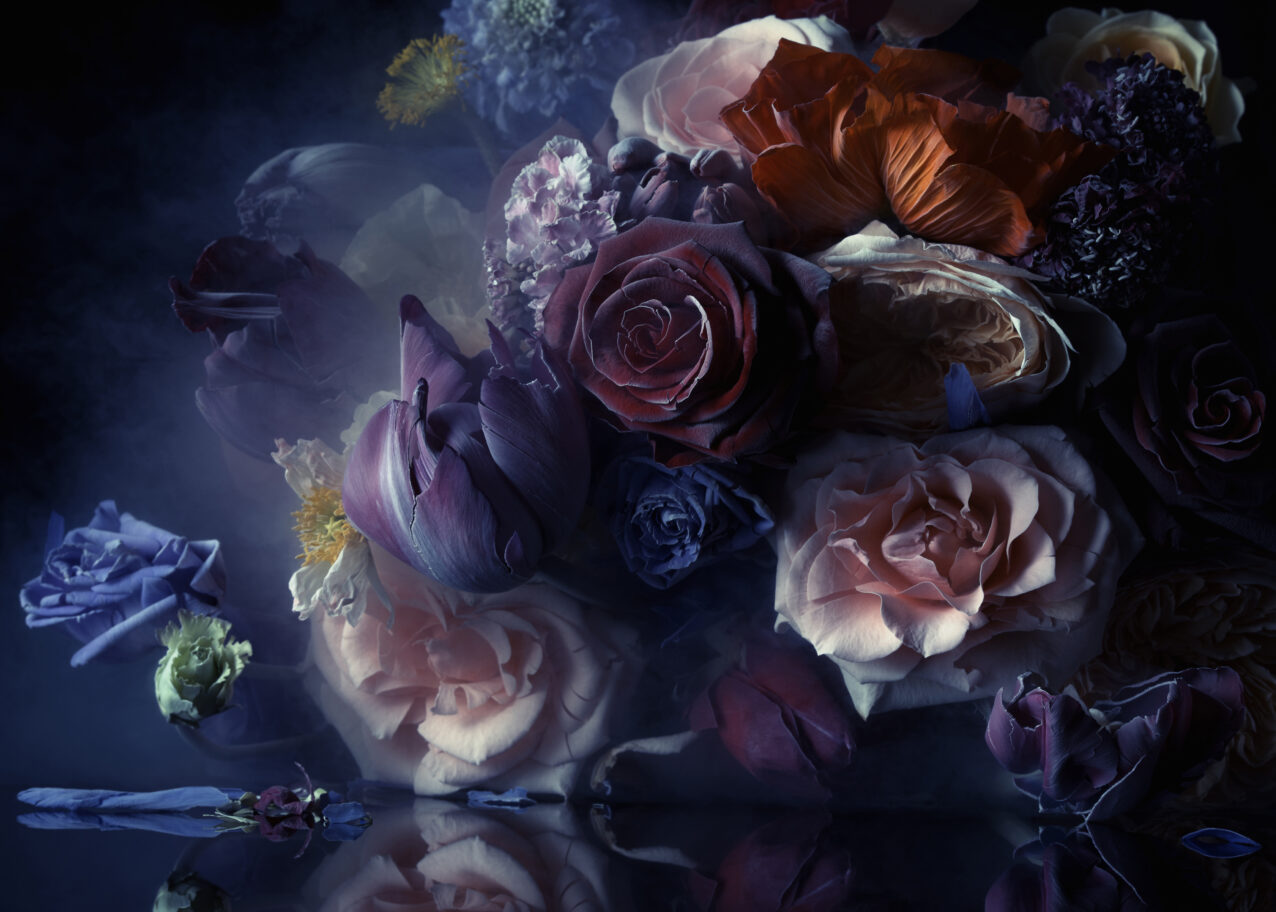
About Isamu
Born in Japan and raised in Australia, Isamu Sawa (or 'Issey' to his friends) is one of the country's leading commercial photographers. Inspired by his late photographer father, Peter Sawa, to pick up a camera at age ten, it hasn't left his side since.
With a professional career spanning more than 25 years, he has amassed a vast clientele of International Brands, including Mercedes Benz, Toyota, Renault, IWC, Schweppes and Penfolds. His editorial work has also featured in GQ, Vogue and Mercedes Benz Magazines.
More recently, Issey's focus has been on his visual art practice. He exhibited Two Generations – Two Views with his father at Joshua McClelland Print Room in 1999. Since then, he has exhibited in numerous group shows; at The Compound Interest, Rokeby Gallery, Centre of Contemporary Photography (CCP), Sun Studios and Gippsland Art Gallery.
Exploring a particular fascination with the micro world, Issey's first solo exhibition, Without Water in 2015, caught the eye of Australian and overseas media. To date, more than fifty astute collectors across the world have purchased limited edition prints from the series. Due to its high acclaim, the show travelled to Sydney via invitation by the Black Eye Gallery in 2017. His follow-up exhibition, REMNANT, was staged in Melbourne, 2019.
Website: www.isamusawa.com.au
Instagram: @isamu_sawa_photography
+++
From the broncolor team: In honor of Isamu's late-father’s 79th Birthday. He would be proud to see what great photos his son takes.
+++


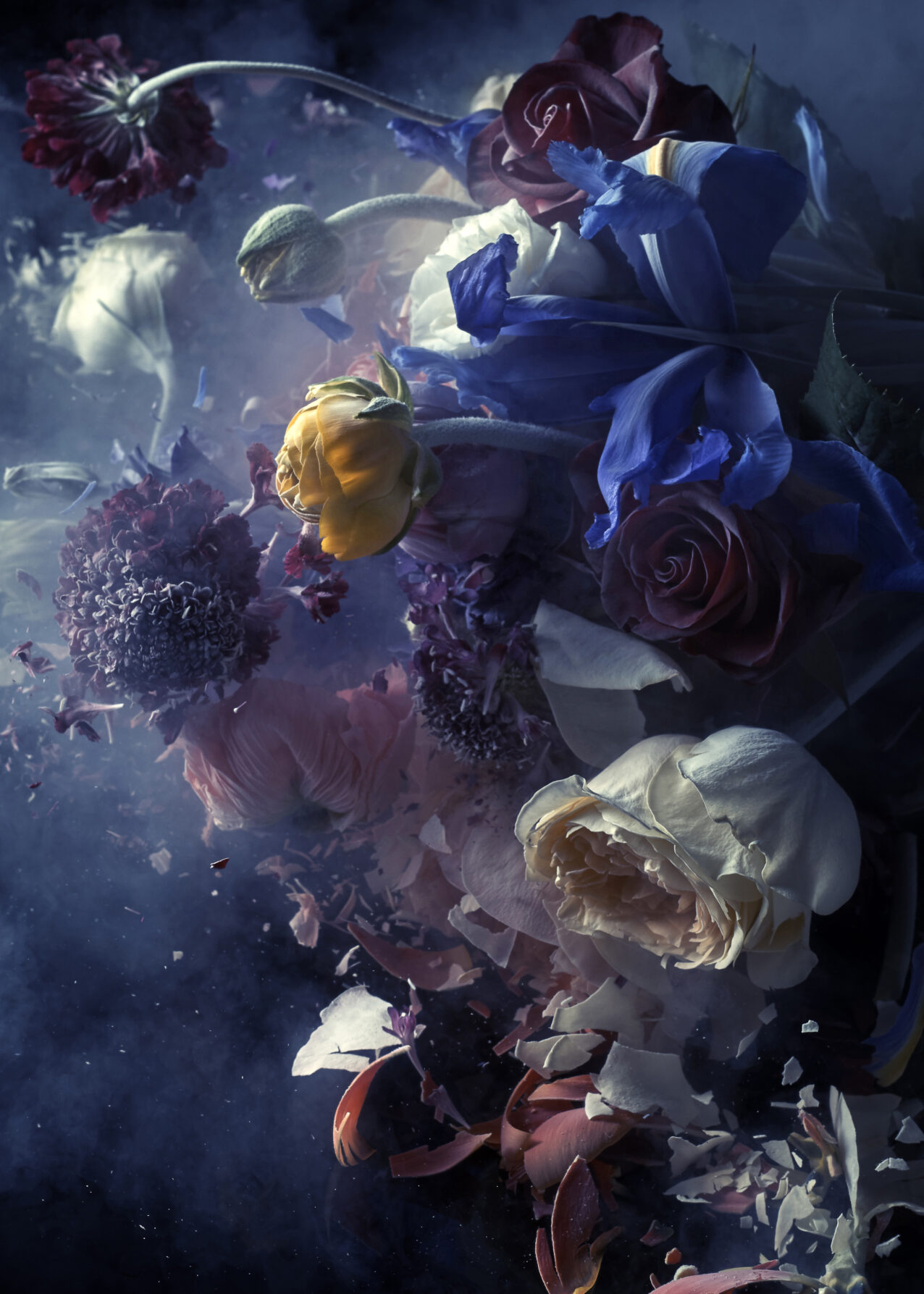
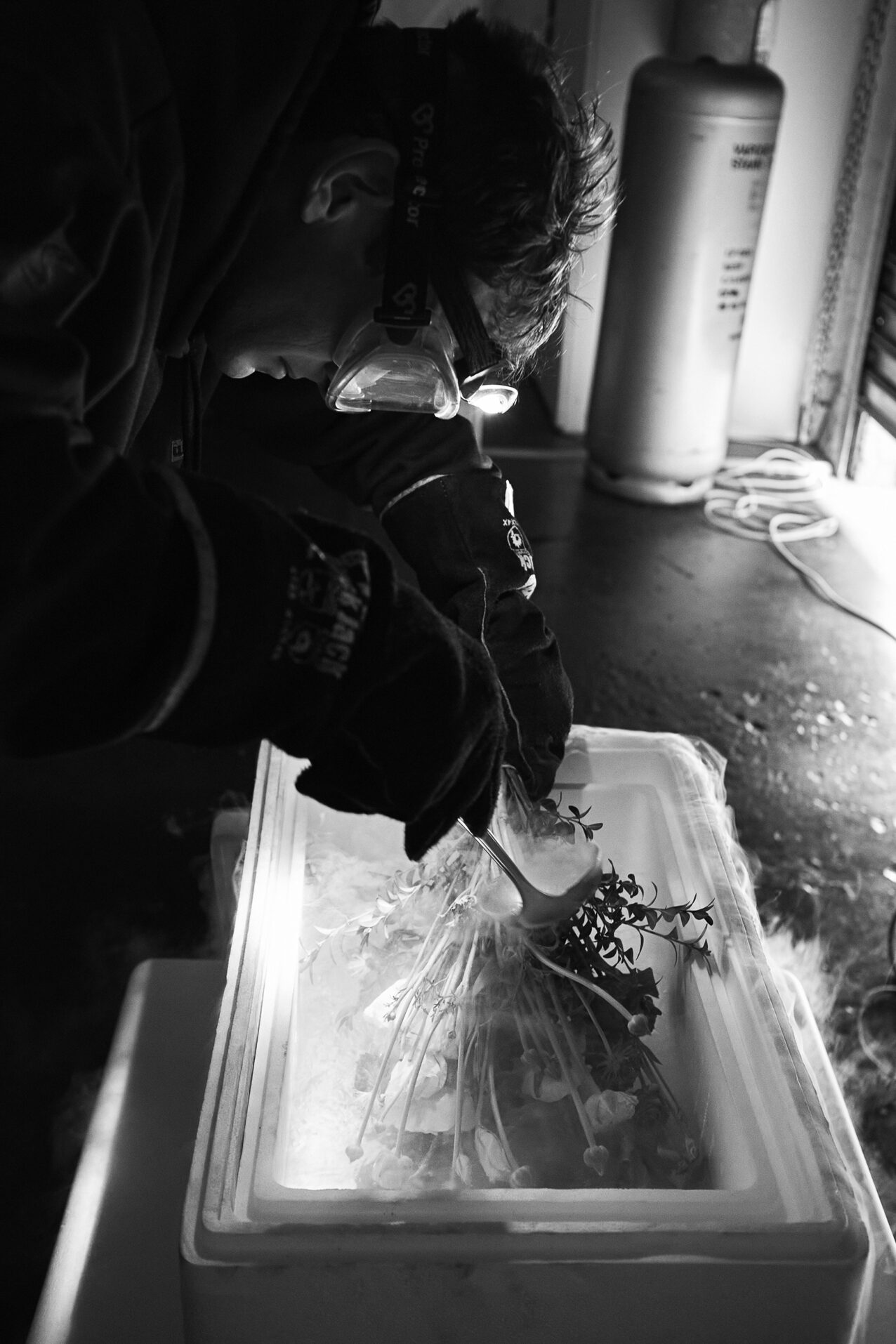
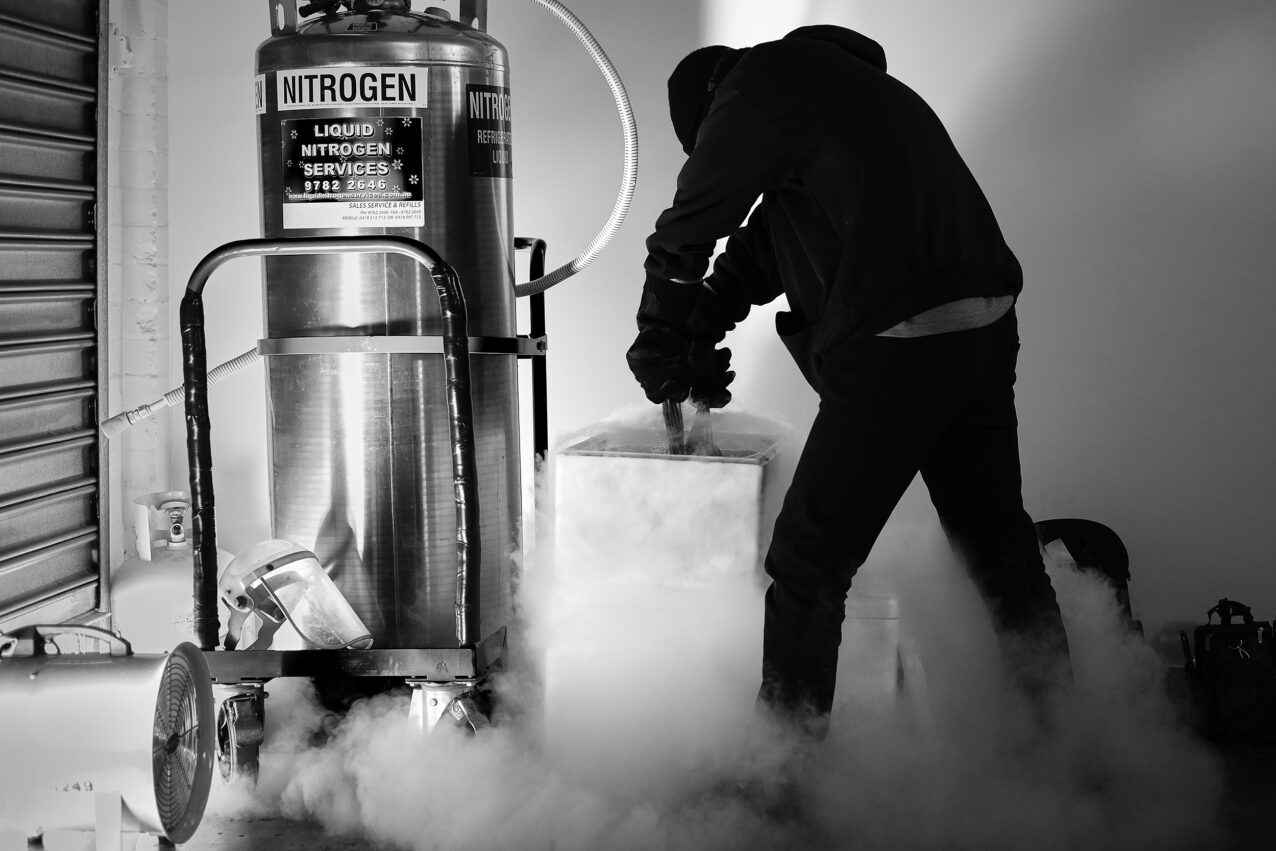
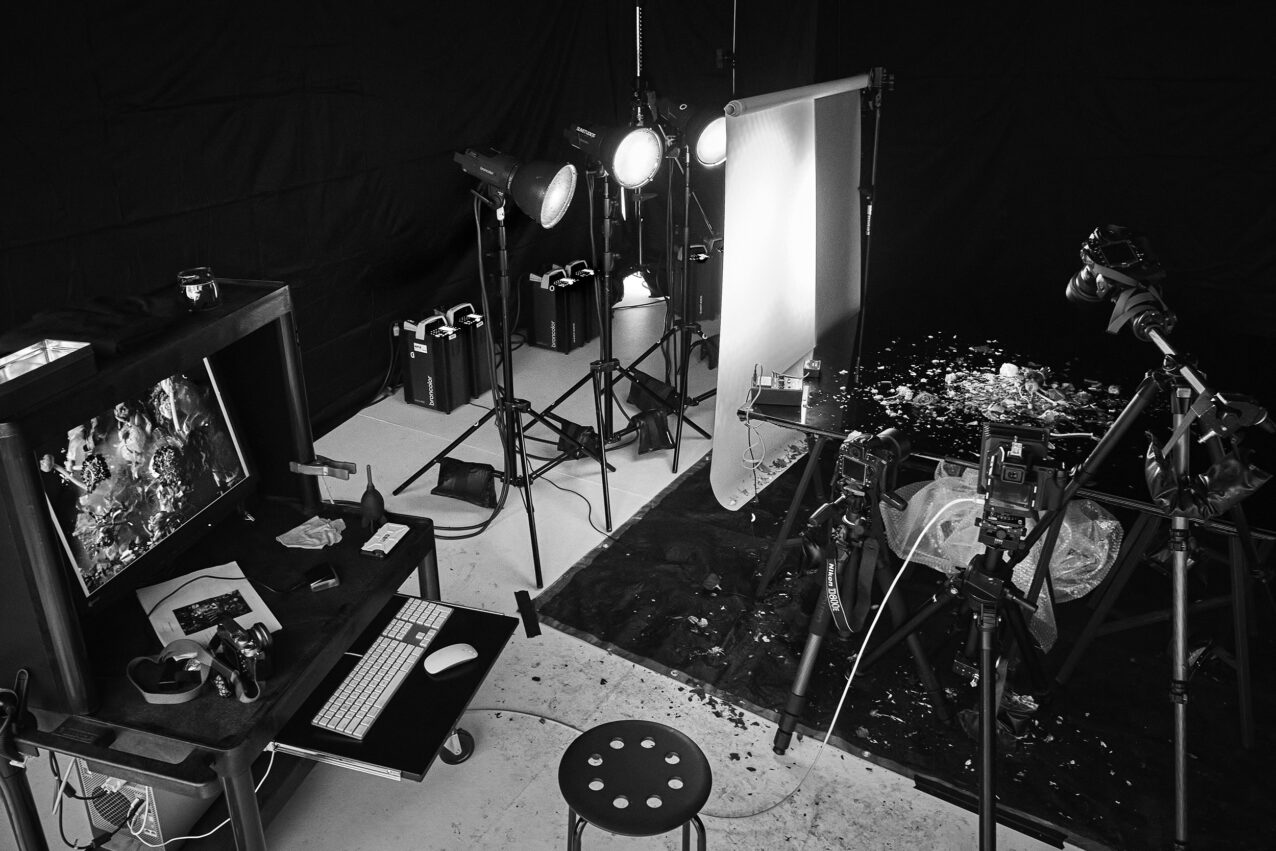

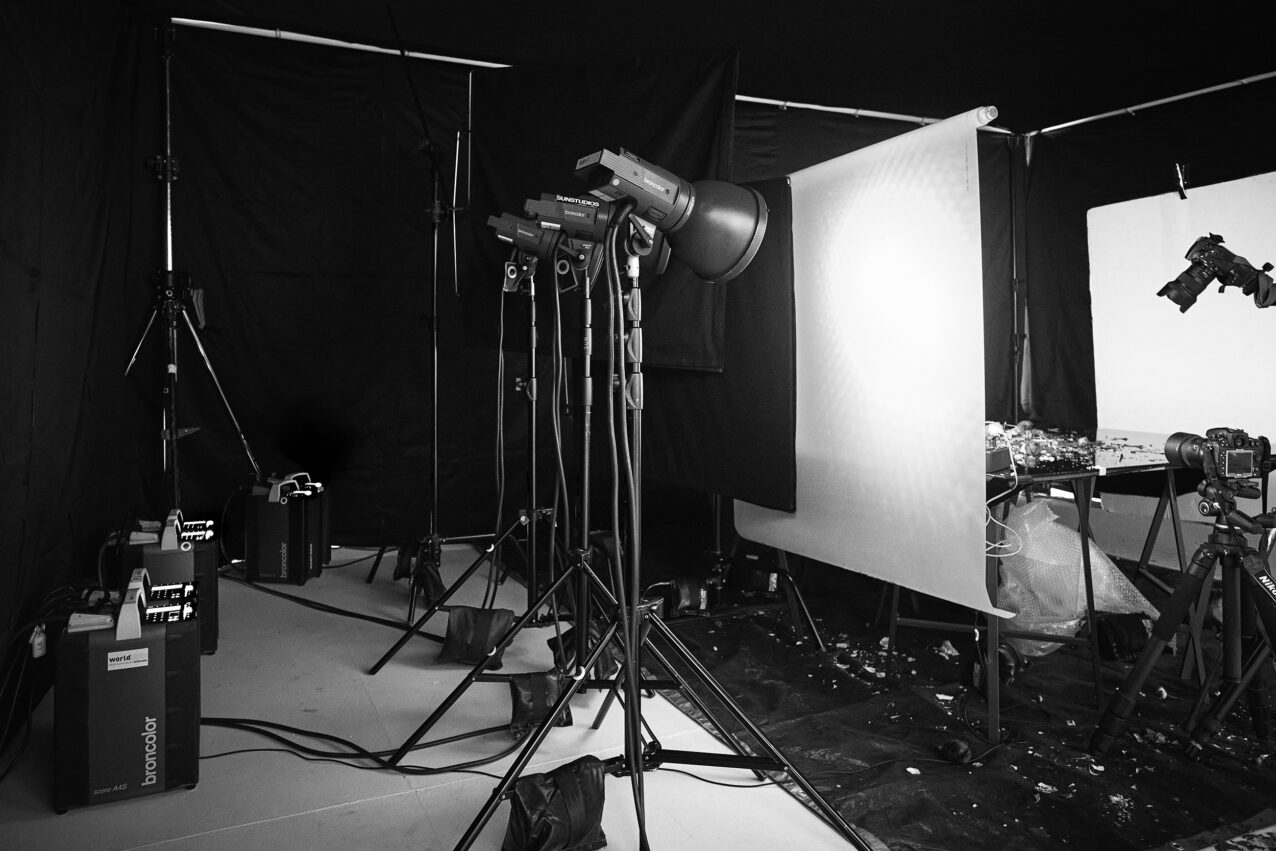

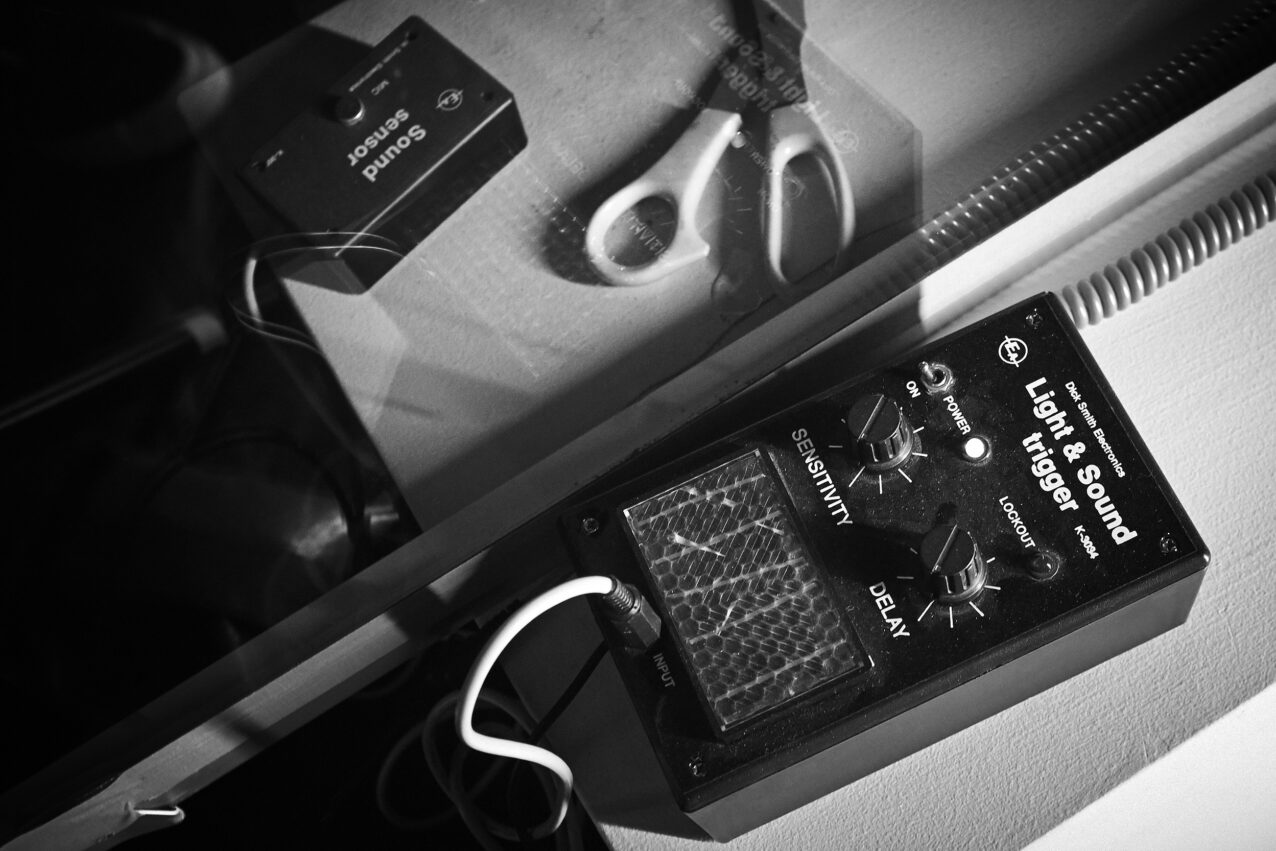
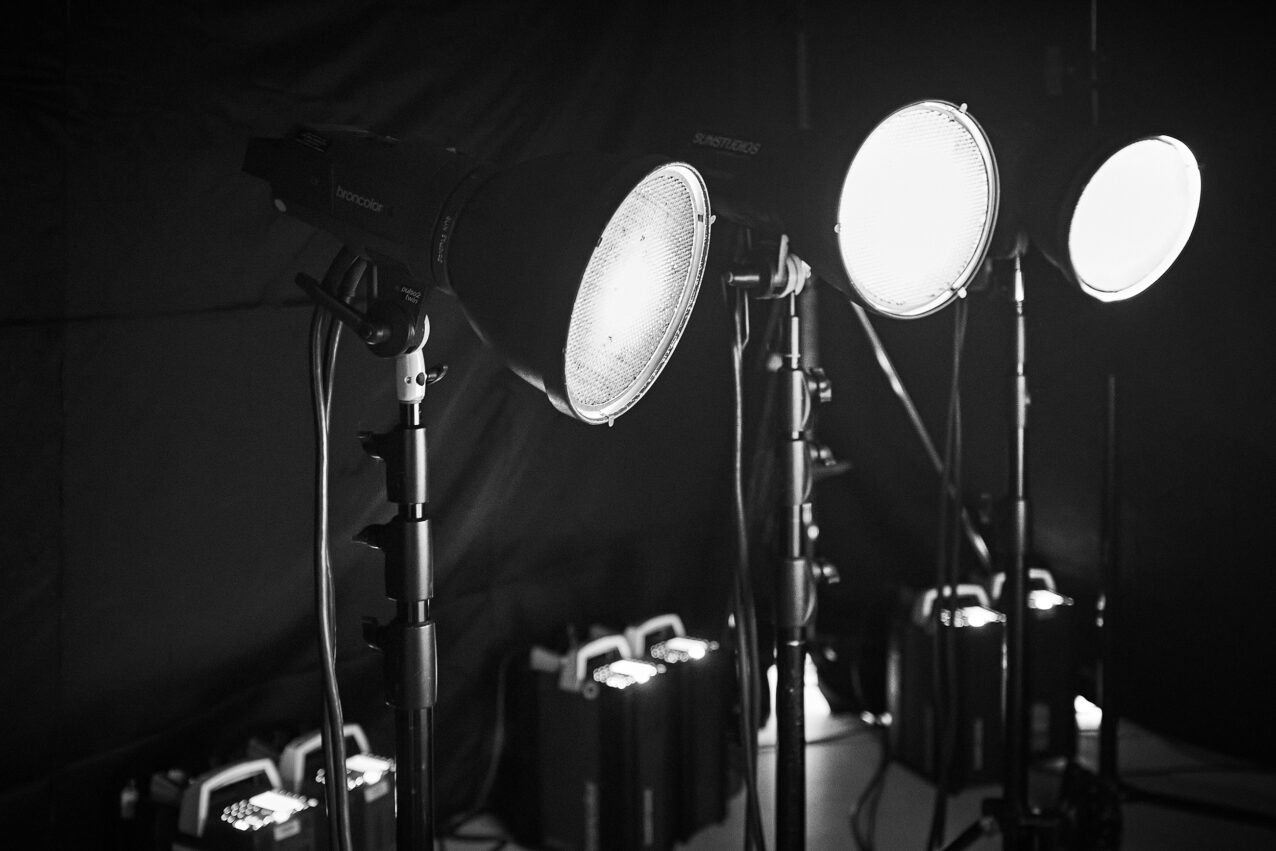
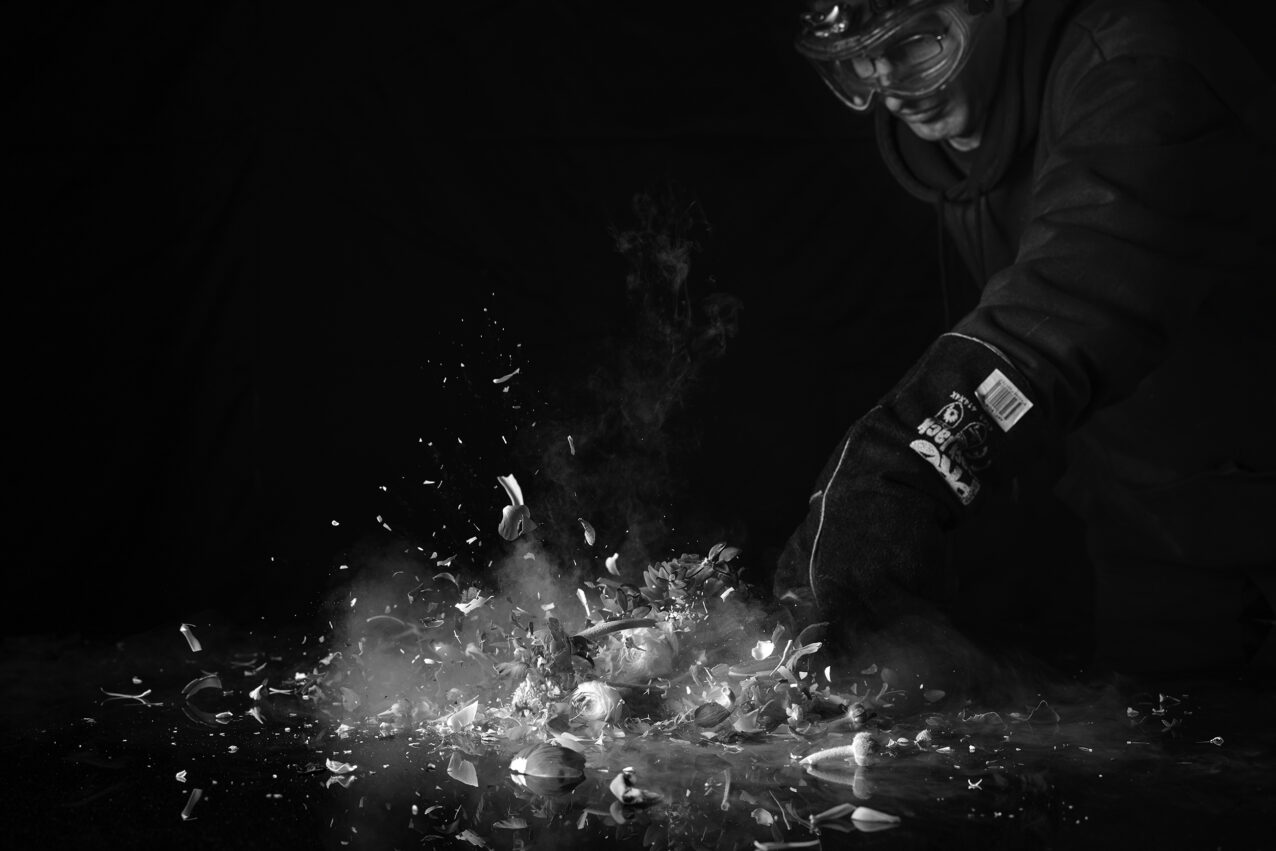
Credits:
- Executive Creative Director / Cornwell Studio: Quan Payne - @quanpayne
- Design Director / Cornwell Studio: Deanna German - @deegerman
- Producer / Cornwell Studio: Tanya Stankovic
- Client: Fridcorp - @fridcorp
- Production: Hart & Co / Natalee Royle - @hartandco
- Special Effects: John Sanderson
- Florist: Basia Puchalski - @basiapuchalskifloraldesign
- Florist Assistant: Zara Nicholls - @wildly.flora
- Photography Assistants: Aaron Cullen / Merlyn Reuter - @aaroncullen / @merlynreuter
- Post-production: Isamu Sawa









